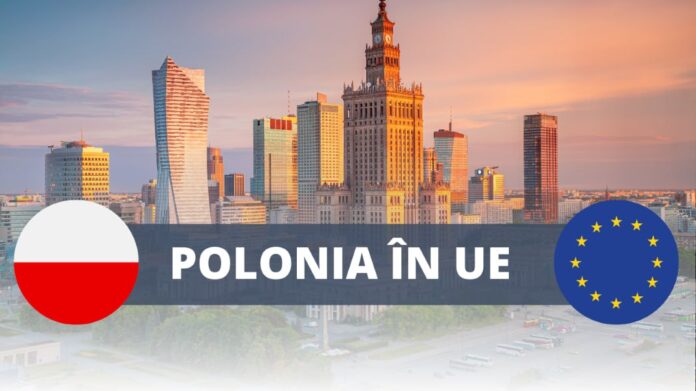Poland joined the European Union in 2004, making it the most populous and largest country to join the EU after that year. EU membership brought some 164 billion in structural funds to the country between 2004-2020, leading to major infrastructure development of roads, highways, sewage lines, and public transport. There has been a massive fall in the unemployment rate since accession, from 19.5% in May 2004 to 5.2% at the end of April 2022.
Poland’s GDP has grown significantly, from approximately €213 billion in 2004 to €684 billion in 2022. People’s wages have also almost tripled, from €550 in 2004 to €1,350 in 2022. The country has triumphed in attracting foreign direct investment (FDI).From €65 billion in 2004 to €210 billion in 2022. Life expectancy has increased significantly. For men, from 71 in 2004 to 74 by 2022. And for women, from 79 in 2004 to 82 in 2022.
The referendum on accession to the European Union in Poland took place on 7-8 June 2003, when 77.45% of Poles voted in favor of accession. Authorities asked the voters: “Do you approve of the Republic of Poland joining the EU?”.
FOR THE MOST IMPORTANT NEWS, FOLLOW US ON TWITTER!
This article is part of the “Moldova Chooses Europe” campaign launched by the REALITATEA Press Group, in which we tell the story of the path EU Member States have traveled in the European integration and the economic growth recorded as an accession result.



